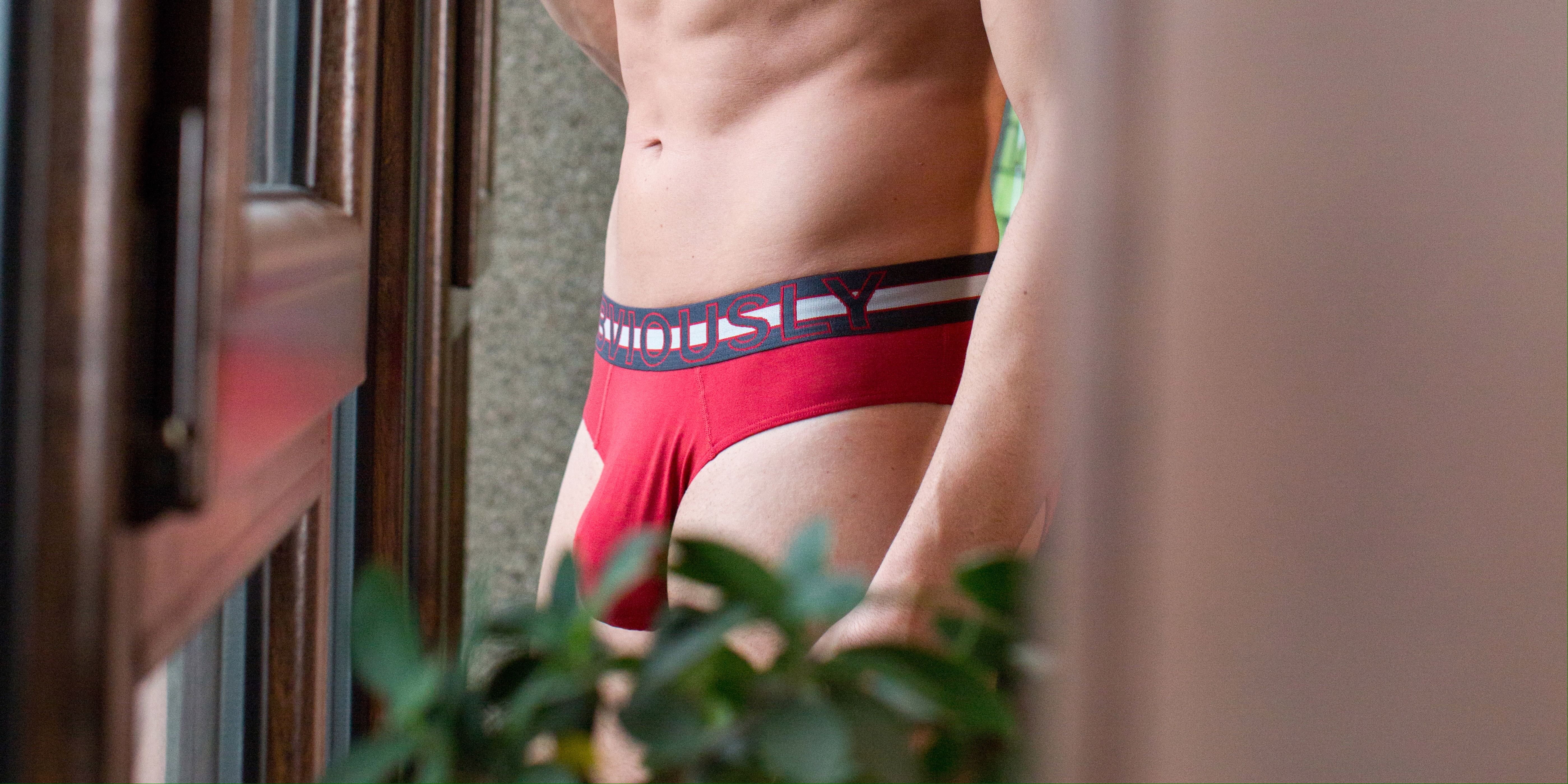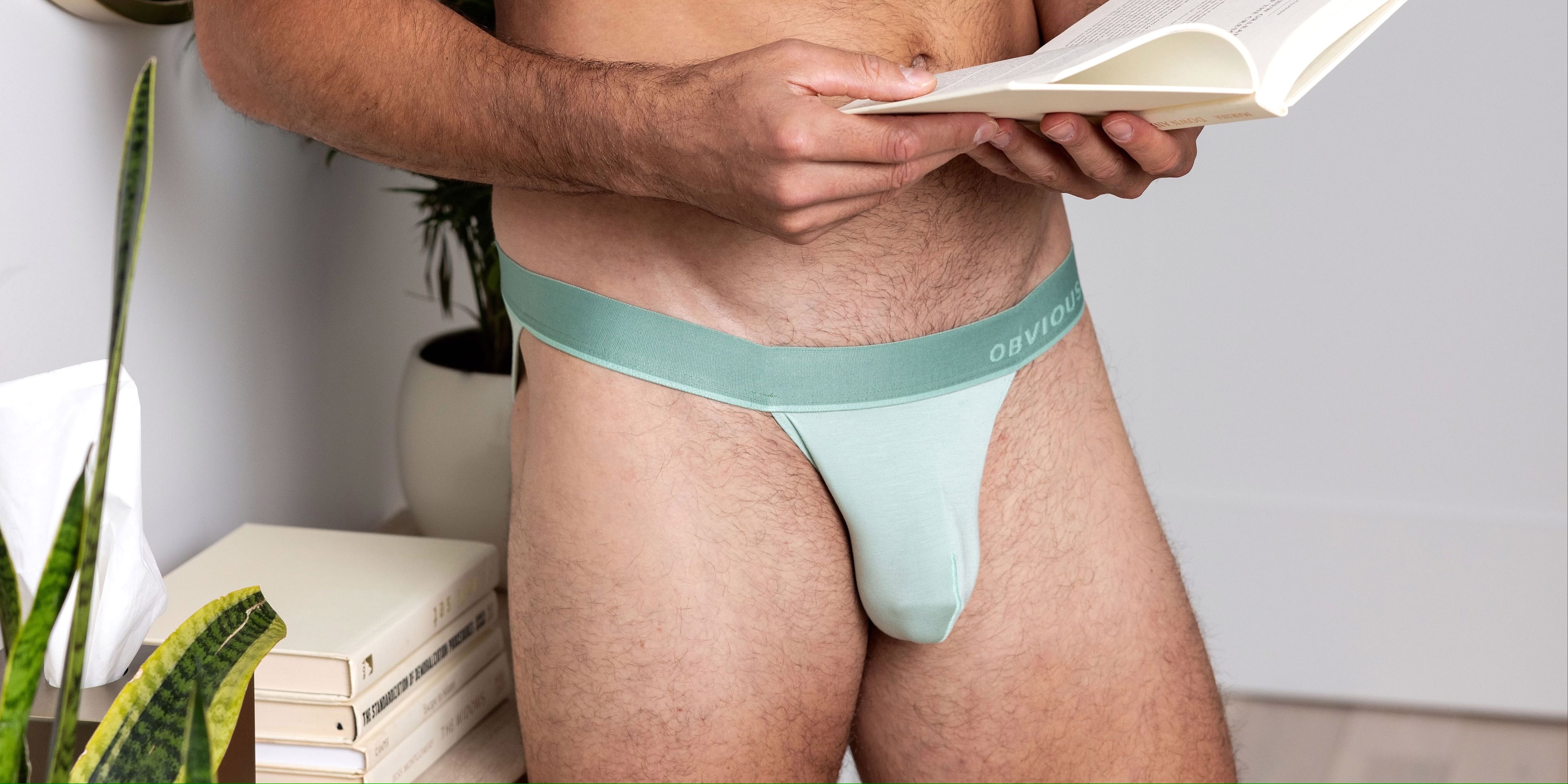
What Is Chub Rub: Everything You Need To Know
Chub rub is a term that might sound unfamiliar, but the discomfort it causes is all too common among active men. From athletes to outdoor enthusiasts, many experience the irritating friction that can turn a good workout or day at work into a painful ordeal. This article aims to shed light on what chub rub is, its causes, and, most importantly, how you can prevent and treat it to maintain your comfort and health.
What Is Chub Rub?
Chub rub, also known as thigh chafing, refers to the irritation and discomfort caused by skin-to-skin friction, typically occurring in areas where the thighs, groin, or underarms rub together. This friction can lead to redness, rashes, and even painful blisters, making physical activities like running, walking, or working out particularly uncomfortable. While commonly associated with overweight individuals, chub rub can affect anyone, especially those with active lifestyles or who experience weight fluctuations. Understanding what chub rub is and recognizing its symptoms is the first step toward finding effective prevention and treatment solutions.
What Causes Chub Rub?
Skin-to-Skin Friction
Chub rub primarily occurs due to skin-to-skin friction, which happens when two areas of skin repeatedly rub against each other during physical activities. This friction generates heat and moisture, leading to irritation, redness, and sometimes painful blisters. The inner thighs, groin, and underarms are common areas where this friction occurs, especially during activities like running, walking, or cycling.
Moisture and Sweat
Excessive moisture and sweat exacerbate chub rub by making the skin more susceptible to friction and irritation. When sweat accumulates in areas where skin rubs together, it creates a moist environment that can break down the skin's protective barrier. This not only increases the risk of chafing but also makes the affected areas more susceptible to infections and rashes.
Tight or Ill-Fitting Clothing
Wearing tight or ill-fitting clothing can contribute to chub rub by increasing the friction between the skin and fabric. Clothes that are too tight can restrict movement and cause the fabric to rub harshly against the skin, while loose clothing can bunch up and create additional friction points. Choosing the right clothing, such as moisture-wicking and well-fitted garments, can help reduce the risk of chafing.
Body Shape and Weight Fluctuations
Body shape and weight fluctuations can also play a significant role in the occurrence of chub rub. Individuals with larger thighs or those experiencing weight changes may find that their skin rubs together more frequently, leading to increased friction and irritation. Maintaining a healthy weight and staying active can help manage these factors, but it's important to recognize that chub rub can affect anyone, regardless of body type.
How Does Poor Quality Underwear Cause Chub Rub?
Poor quality underwear can significantly contribute to chub rub by failing to provide adequate support and protection for areas prone to friction. Low-quality fabrics often lack moisture-wicking properties, causing sweat to accumulate and creating a damp environment that exacerbates skin irritation. Additionally, poorly constructed seams and rough materials can increase friction against the skin, leading to chafing and discomfort. Ill-fitting underwear, whether too tight or too loose, can also bunch up or shift during movement, further increasing the risk of chub rub. Investing in high-quality, well-fitted underwear made from breathable, moisture-wicking fabrics can help prevent chafing and enhance overall comfort.
How To Prevent Chub Rub
- Choose the Right Clothing: Opt for moisture-wicking, breathable fabrics that reduce friction and keep your skin dry. Look for seamless or flat-seam designs to minimize irritation. Compression shorts or anti-chafing bands can provide additional protection for areas prone to chafing.
- Stay Dry: Keep your skin dry by using talcum powder, cornstarch, or specialized anti-chafing powders. These products absorb moisture and reduce friction, helping to prevent chub rub. Reapply as needed, especially during prolonged physical activities.
- Use Anti-Chafing Products: Apply anti-chafing balms, creams, or sticks to areas prone to friction. These products create a protective barrier on the skin, reducing friction and preventing irritation. Look for products with soothing ingredients like aloe vera or shea butter for added comfort.
- Maintain Good Hygiene: Regularly wash and thoroughly dry areas prone to chafing to prevent the buildup of sweat and bacteria. Keeping your skin clean and dry reduces the risk of irritation and infection. Consider using antibacterial soap to further protect your skin.
- Stay Hydrated: Drink plenty of water to stay hydrated, as well-hydrated skin is more resilient and less prone to chafing. Proper hydration helps maintain the skin's elasticity and reduces the likelihood of irritation.
- Monitor Your Weight: Maintain a healthy weight to reduce the likelihood of skin-to-skin friction. Regular exercise and a balanced diet can help manage weight fluctuations and minimize the risk of chub rub. However, remember that chub rub can affect anyone, regardless of body type.
- Take Breaks During Physical Activity: If you're engaging in prolonged physical activities, take regular breaks to allow your skin to cool down and dry off. This can help reduce the buildup of sweat and minimize friction, preventing chub rub from developing.

What Does Chub Rub Look Like On Thighs?
Chub rub on the thighs typically appears as red, irritated patches of skin that can be accompanied by a burning sensation. The affected areas may develop rashes, small bumps, or even blisters in severe cases. The skin can become tender to the touch and may feel warm or inflamed. Over time, if left untreated, the irritation can lead to more pronounced sores or raw skin, making movement painful and further exacerbating the discomfort. Recognizing these symptoms early and taking steps to alleviate the friction can help prevent the condition from worsening.
Can You Use Deodorant For Chub Rub?
Yes, you can use deodorant to help prevent chub rub, as it can reduce friction and keep the skin dry. Applying a stick or roll-on deodorant to areas prone to chafing, such as the inner thighs, can create a protective barrier that minimizes skin-to-skin contact. Deodorants often contain antiperspirant properties that help reduce sweating, which in turn decreases moisture and the likelihood of irritation. However, it's important to choose a deodorant that is gentle on the skin and free from harsh chemicals to avoid further irritation. While deodorant can be a convenient and effective short-term solution, specialized anti-chafing products like Body Glide may offer more targeted and long-lasting protection.
Is There Anything I Can Wear For Skin Protection To Prevent Thigh Chafing?
- Compression Shorts: These snug-fitting shorts provide a protective layer between your thighs, reducing friction and preventing chafing. They are made from moisture-wicking fabrics that keep your skin dry and comfortable during physical activities.
- Anti-Chafing Underwear: Specialized underwear designed to prevent chafing often features seamless construction and moisture-wicking materials. These garments offer additional support and protection for areas prone to friction.
- Thigh Bands: Elastic thigh bands are worn around the upper thighs to create a barrier between the skin. They stay in place during movement and are an effective solution for preventing thigh chafing without the need for additional layers of clothing.
- Moisture-Wicking Leggings: Full-length leggings made from breathable, moisture-wicking fabrics can help prevent chafing by keeping your skin dry and reducing friction. Look for leggings with flat seams to minimize irritation.
- Biker Shorts: Similar to compression shorts, biker shorts offer a longer length that covers the thighs, providing a protective layer that prevents skin-to-skin contact and reduces the risk of chafing.
- Athletic Tights: These tights are designed for high-performance activities and are made from materials that wick away sweat and reduce friction. They provide full coverage and support for the thighs, making them an excellent option for preventing chafing.
Conclusion
Understanding and addressing chub rub is essential for maintaining comfort and preventing discomfort during physical activities. By recognizing the causes and symptoms of chub rub, you can take proactive steps to prevent it, such as choosing the right clothing, using anti-chafing products, and maintaining good hygiene. Whether you opt for specialized garments like compression shorts and thigh bands or apply products like Body Glide, there are numerous effective solutions to keep chafing at bay. Prioritizing these preventive measures will not only enhance your daily comfort but also support your overall well-being, allowing you to stay active and enjoy your favorite activities without the worry of irritation.
Final Thoughts
Experience ultimate comfort with Obviously Apparel's unique blend of bamboo, micromodal, and lycra fabrics. Soft, lightweight, and durable, our underwear provides a gentle touch and stays in place all day. Trust in our rigorously tested quality. Upgrade to Obviously Apparel and feel the difference.
Sources




